The American Robin is a songbird in the thrush, or Turdidae, family. This species is easily identifiable by their red-orange chest and brown plumage.
Robins live throughout the vast majority of North America and parts of Central America. There are seven different subspecies across their range. Read on to learn about the American Robin.
Description of the American Robin
Robins have brown plumage on their heads, backs, and wings. The shade of brown varies from individual to individual, with some a dark brown shade and others a dusty brown. Their chest and much of their underbelly is reddish orange.
They have stout, robust bodies with noticeably rounded bellies. Most American Robins measure about 10 inches long, and weigh around 3 ounces.
Interesting Facts About the American Robin
This species is common and easy for most people to identify. Learn what makes American Robins unique and interesting below.
- The Early Bird Gets the Worm – This particular Robin species is essentially the source of the saying “the early bird gets the worm.” These birds spend their mornings yanking earthworms out of the ground while they are close to the surface. You often see them trotting about the lawns of urban neighborhoods bright and early.
- Pesticide Problem – Sadly, because they like to forage on the ground, especially on cultivated lawns, these birds frequently suffer pesticide poisoning. Sometimes pesticides also impact the earthworms and other sources of food for these birds as well.
- Another’s Lunch – Though American Robins are the bane of the earthworm, they are far from the top of the food web. Many other species of animals feed on robins, including feral cats, hawks, owls, falcons, snakes, and more. Sadly, an adult robin only has a 50% chance of survival in a given year.
Habitat of the American Robin
These are versatile birds, and they live in a variety of different habitat types. They live in woodlands, tundras, a variety of forest types, scrublands, and more. These birds are quite urban, and live in a variety of manmade habitats including farms, pastures, orchards, parks, gardens, and suburbs.
Their favorite place to forage is open areas like meadows, pastures, fields, and lawns. Though they eat in open areas, they nest in dense vegetation.
Distribution of the American Robin
This species has an incredibly wide distribution across North America and into Central America. These birds even live throughout much of Canada and Alaska, save for the extreme northern regions.
During the spring, they breed throughout virtually all of Canada, and then migrate to the southern United States and Mexico for the winter. Throughout the United States and parts of Mexico, this species stays year-round.
Diet of the American Robin
These birds are omnivores, which means they eat both plants and animals. The “carnivorous” side of their diet consists mainly of invertebrates, though they do hunt small animals on occasion. Some of the different prey that they catch includes earthworms, grasshoppers, snails, flies, crickets, and more.
They forage for seeds, nuts, berries, and fruits throughout their range. When foraging in the early mornings they hunt for worms and other invertebrates, and later in the day they eat berries and other fruits.
American Robin and Human Interaction
Humans and robins normally coexist relatively peacefully. Like most animals, manmade objects like power lines and cars sometimes injure robins.
This species is especially susceptible to pollution, particularly pesticides, because they forage for food in lawns and gardens. However, their populations are quite high, and continue increasing. The IUCN lists the American Robin as Least Concern.
Domestication
Humans have not domesticated robins in any way.
Does the American Robin Make a Good Pet
No, American Robins do not make good pets. They are relatively large birds, and thus, need lots of space to exercise and forage for food. In most places, it is also illegal to own a robin as a pet.
American Robin Care
In zoos, American Robins require similar care to that of other songbirds. Because they are relatively large, their enclosures or aviaries must be spacious. In aviaries, these birds often live with several other species of birds, especially if the aviaries are large.
Most robins in zoos live there because they became injured and could no longer survive in the wild. Zookeepers feed the a variety of seeds, berries, nuts, fruits, crickets, mealworms, and pelleted insectivore and frugivore feed.
Behavior of the American Robin
For an arboreal bird, American Robins spend lots of their time on the ground. They are diurnal, and forage primarily during the day. Most of their foraging occurs on lawns or in meadows or pastures.
Outside of the breeding season robins are quite social, and congregate in flocks. Flocks of robins roost together at night, and forage together during the day. As the breeding season arrives the robins pair off and establish nesting territories.
Reproduction of the American Robin
These birds build their nests in trees, large shrubs, and even on buildings. The female lays between three and five eggs per clutch. She takes all incubation duties, and the eggs hatch after about two weeks.
Even though the chicks are completely helpless when they hatch, it takes just two weeks for them to begin learning to fly. It takes another two weeks for the chicks to master flight and gain independence from their parents.
Beliefs, Superstitions, and Phobias About the American Robin
This species is present in a number of different art pieces and cultures. One Native American tale tells of a robin fanning a campfire to save the life of a boy, while another tells that the raven created the robin to sing to the people.
Across the world, people consider robins (both European and American) a symbol of the oncoming spring season. Other notable mentions, “Rockin’ Robin” by Roger Thomas, and Batman’s sidekick Robin.

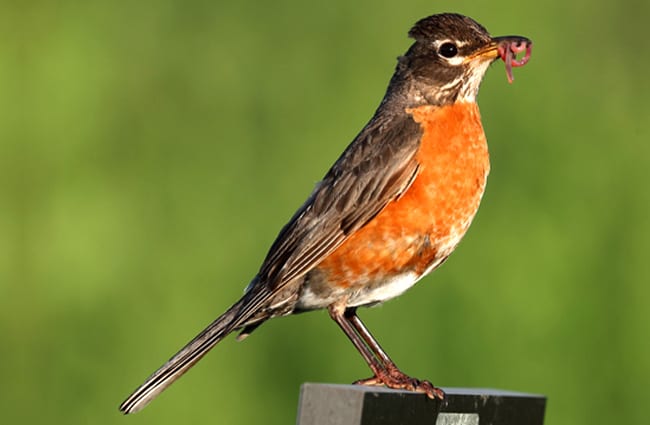
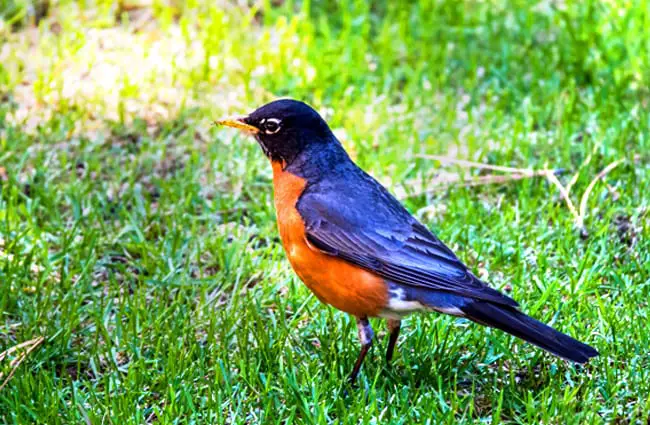
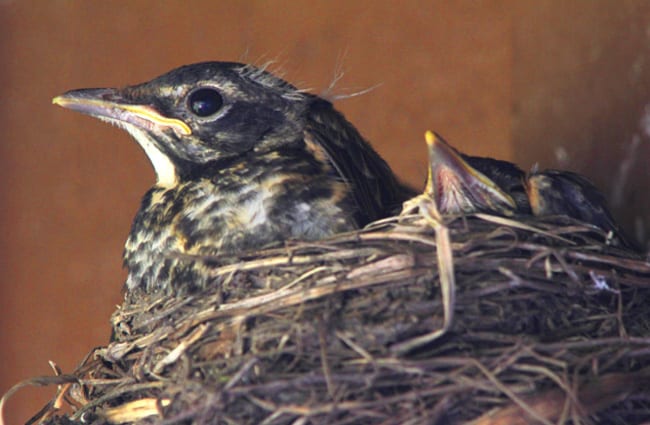



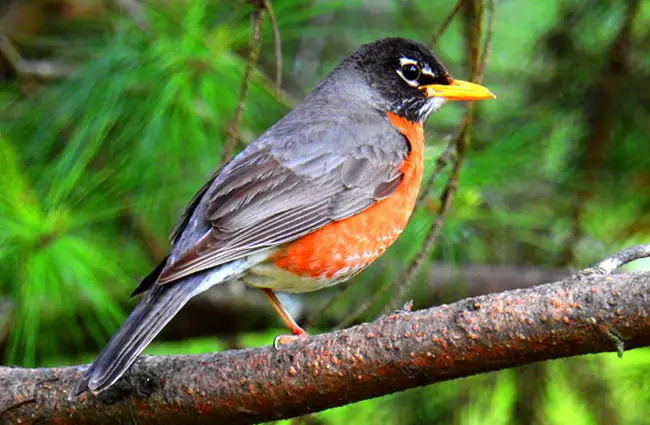

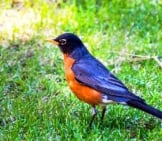
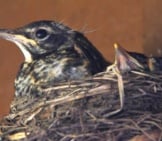
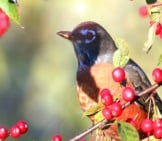
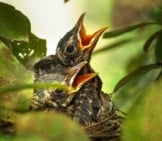
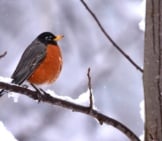

![Red Angus Closeup of a beautiful Red Angus cowPhoto by: U.S. Department of Agriculture [pubic domain]https://creativecommons.org/licenses/by/2.0/](https://animals.net/wp-content/uploads/2020/03/Red-Angus-4-238x178.jpg)












![Red Angus Closeup of a beautiful Red Angus cowPhoto by: U.S. Department of Agriculture [pubic domain]https://creativecommons.org/licenses/by/2.0/](https://animals.net/wp-content/uploads/2020/03/Red-Angus-4-100x75.jpg)

